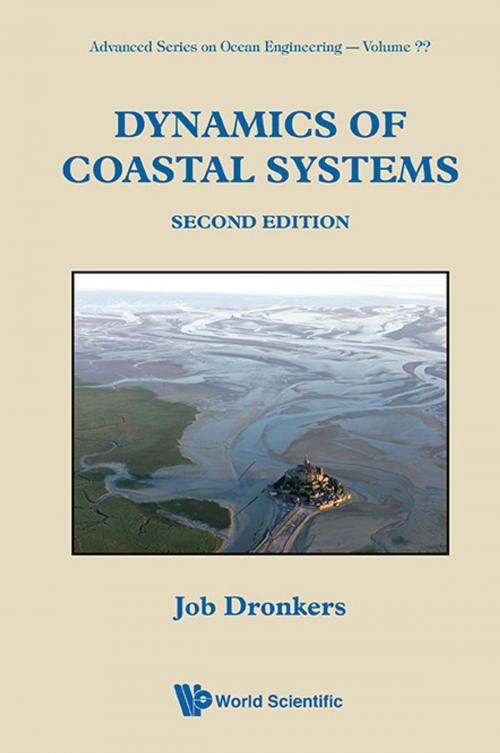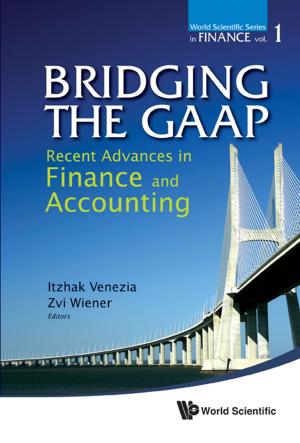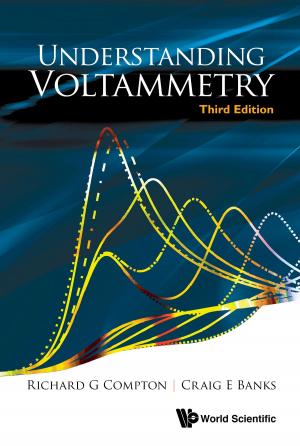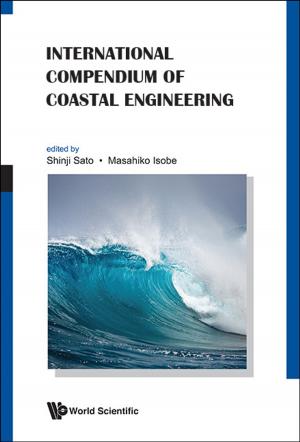Dynamics of Coastal Systems
Nonfiction, Science & Nature, Science, Earth Sciences, Oceanography, Technology, Engineering, Civil| Author: | Job Dronkers | ISBN: | 9789814725163 |
| Publisher: | World Scientific Publishing Company | Publication: | August 19, 2016 |
| Imprint: | WSPC | Language: | English |
| Author: | Job Dronkers |
| ISBN: | 9789814725163 |
| Publisher: | World Scientific Publishing Company |
| Publication: | August 19, 2016 |
| Imprint: | WSPC |
| Language: | English |
The book provides a comprehensive and up-to-date overview of the physical processes which, according to the present state of knowledge, determine the evolution of coastal systems and their response to human interventions. This response depends to a large degree on the self-organising properties of coastal dynamics, which form a leading theme throughout the book. The basic theoretical ideas are explained in text and figures and also in formulas for the more mathematically inclined reader. Theories are illustrated with examples from estuaries, coastal lagoons, beaches and tidal flat systems from all over the world. The rules and simple models can be used directly without relying on complex computations; much attention is given to the strengths and weaknesses of the underlying theories and their limits of applicability. The book is fully self-contained; some knowledge of basic physics and mathematics is recommended. The book is an upgrade of the first edition. Most parts are rewritten and chapters are added to incorporate research results, new insight and experience of the past ten years. This book is intended for everyone interested in coastal systems for professional or educational reasons.
Contents:
-
Introduction
-
Morphodynamic Feedback
-
Boundary Layers and Sediment Transport
-
Current-Seabed Interaction
-
Current-Channel Interaction
-
Tide-Topography Interaction
-
Wave-Topography Interaction
-
Appendices:
- Basic Equations of Fluid Motion
- Tidal Propagation in One Dimension
- Ocean and Shelf Tides
- Wind Waves
-
Bibliography
Readership: Researchers, academics, professionals, undergraduate and graduate students in ocean/coastal engineering, oceanography and geology.
The book provides a comprehensive and up-to-date overview of the physical processes which, according to the present state of knowledge, determine the evolution of coastal systems and their response to human interventions. This response depends to a large degree on the self-organising properties of coastal dynamics, which form a leading theme throughout the book. The basic theoretical ideas are explained in text and figures and also in formulas for the more mathematically inclined reader. Theories are illustrated with examples from estuaries, coastal lagoons, beaches and tidal flat systems from all over the world. The rules and simple models can be used directly without relying on complex computations; much attention is given to the strengths and weaknesses of the underlying theories and their limits of applicability. The book is fully self-contained; some knowledge of basic physics and mathematics is recommended. The book is an upgrade of the first edition. Most parts are rewritten and chapters are added to incorporate research results, new insight and experience of the past ten years. This book is intended for everyone interested in coastal systems for professional or educational reasons.
Contents:
-
Introduction
-
Morphodynamic Feedback
-
Boundary Layers and Sediment Transport
-
Current-Seabed Interaction
-
Current-Channel Interaction
-
Tide-Topography Interaction
-
Wave-Topography Interaction
-
Appendices:
- Basic Equations of Fluid Motion
- Tidal Propagation in One Dimension
- Ocean and Shelf Tides
- Wind Waves
-
Bibliography
Readership: Researchers, academics, professionals, undergraduate and graduate students in ocean/coastal engineering, oceanography and geology.















